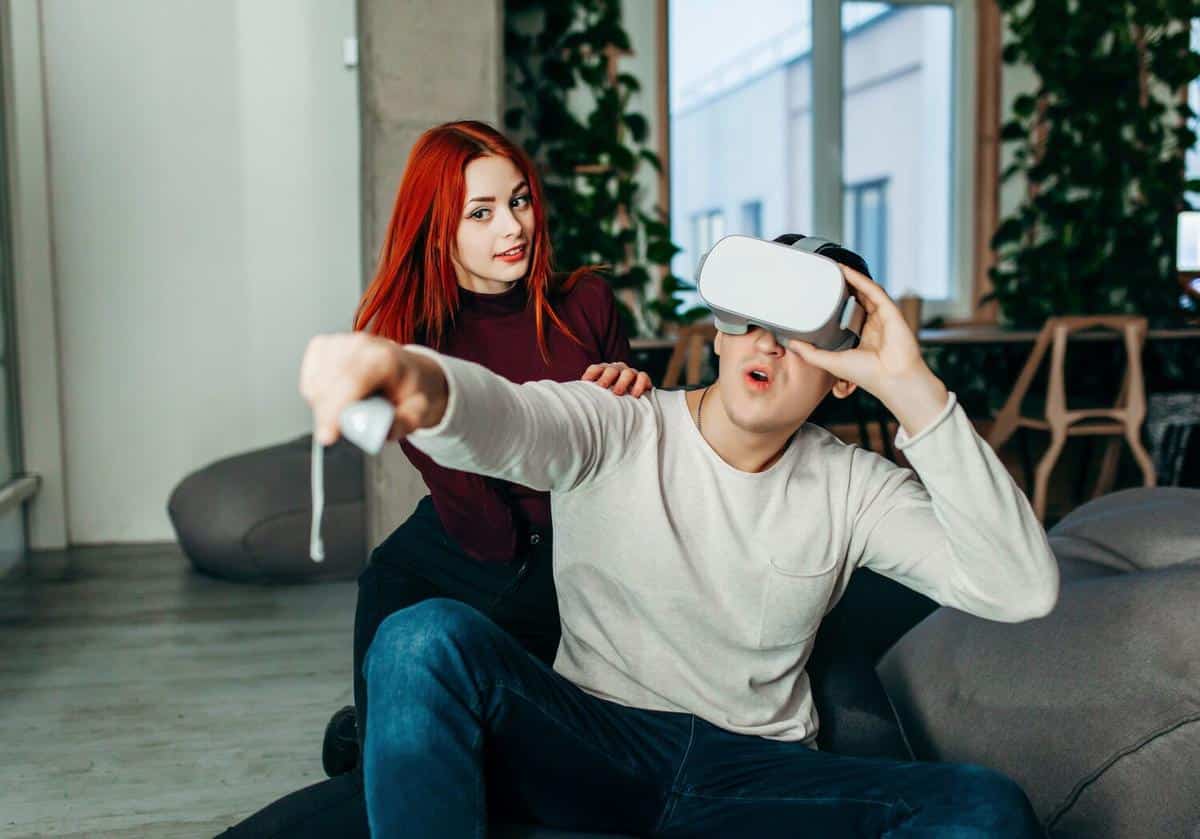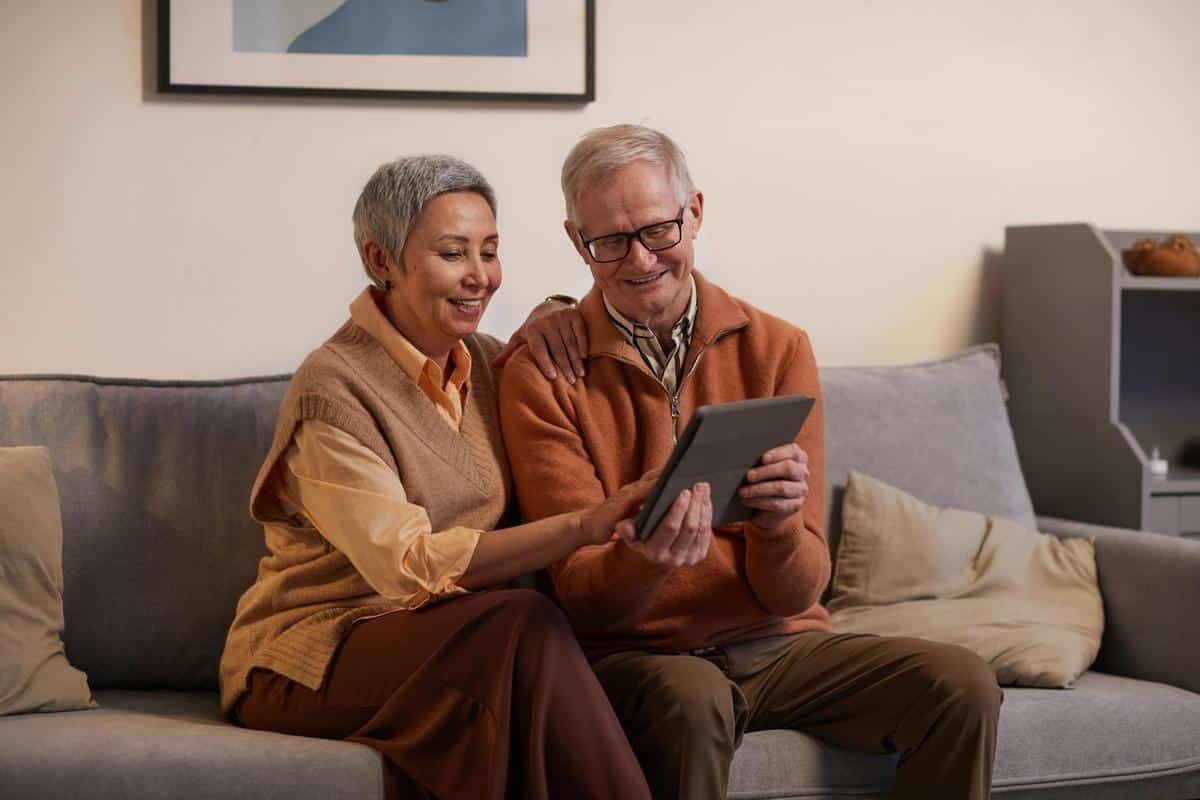
The Art of Compromise: Maintaining Balance in Partnerships
Finding harmony in a partnership is like dancing a delicate tango, where both partners must move in sync and be willing to adjust their steps. Compromise is the dance floor where successful relationships thrive, allowing each partner to give and take in a way that fosters mutual respect and understanding.
Understanding the Art of Compromise
Compromise is not about losing; it’s about finding the middle ground where both parties feel heard and valued. According to Dr. Gottman, a renowned relationship expert, the key to a lasting partnership lies in the ability to navigate differences without resentment. His research highlights that couples who master the art of compromise report higher satisfaction levels in their relationships.
The Importance of Balance
Balance in a partnership is essential. It ensures that power dynamics remain equal and prevents one partner from feeling overshadowed or undervalued. A study by the University of California found that egalitarian relationships, where both partners share decision-making responsibilities, lead to greater happiness and stability.
Real-Life Example
Consider the story of Alex and Jamie, who discovered that their differing opinions on financial management were causing friction. By setting aside time to openly discuss their priorities and agree on a shared budget plan, they were able to compromise effectively. This approach not only resolved their financial disagreements but also strengthened their partnership.
Actionable Tips for Effective Compromise
- Communicate openly and honestly about your needs and concerns.
- Prioritize active listening to understand your partner’s perspective.
- Be willing to give up some ground for the greater good of the relationship.
- Establish common goals that align with both partners’ values.
Pro Tip: Schedule regular check-ins to discuss and reassess compromises, ensuring they continue to work for both partners.
Tools for Successful Compromise
| Tool | Description |
|---|---|
| Active Listening | Focus on understanding your partner without interrupting. |
| Empathy | Put yourself in your partner’s shoes to better understand their feelings. |
| Negotiation | Find a solution that satisfies both parties. |
| Patience | Allow time for emotions to settle before making decisions. |
| Flexibility | Be open to changing your stance when necessary. |
| Respect | Value your partner’s opinions as much as your own. |
| Collaboration | Work together to find solutions. |
| Trust | Build a foundation of trust to support compromises. |
FAQs
How can I practice compromise in my relationship?
Start by identifying your priorities and communicating them clearly. Then, work with your partner to find solutions that respect both of your needs.
What if my partner refuses to compromise?
Encourage open dialogue and express how their unwillingness affects you. Seeking couples therapy can also provide guidance.
Conclusion
Compromise is an essential component of any partnership, fostering an environment where both individuals feel respected and valued. By implementing the strategies discussed, you can cultivate a balanced relationship that thrives on mutual understanding and shared goals. Remember, the art of compromise is an ongoing dance that, when practiced with sincerity, leads to lasting harmony and fulfillment.


